Strangles is a highly contagious upper respiratory disease in horses. It is caused by the bacterium Streptococcus equi. Almost all horses suffer this infection in the first years of life. In some horses, infection is more severe than in others. About 75% of animals develop long-term (up to 15 years) immunity.
How can my horse get this?
Your horse's main source of infection is other horses that already have stranglers. Horses with ruptured abscesses or those with pus coming out of their nose are particularly contagious. Carriers are also an important source of infection. Carriers are horses that have been strangled themselves and have made a full recovery but still carry the bacteria.
The highly contagious bacteria can spread through direct contact with infectious horses, but also through the hands and clothing of grooms. Buckets, brushes and water bowls can also be a source of contamination.
What are the symptoms of strangleholds?
In the first case (the acute phase) there is a painful sore throat with high fever. Your horse may be refusing food or having trouble swallowing. Soon after, the laryngitis will turn into abscesses. Your horse will then show fewer symptoms. However, your horse's temperature will usually rise and fall.
The abscesses form in the nearby lymph nodes (the mandibular and retropharyngeal lymph nodes). These are located between the branches of the jaw and at the back of the throat. Sometimes you can see or feel big knots there. As a result of these abscesses, your horse may breathe faster or be short of breath. Sometimes a horse is so out of breath that a veterinarian needs to intervene immediately.
It usually doesn't get that far and the abscesses break open within 14 days, often to the outside. Sometimes pus runs out of your horse's nose. After the last abscess has ruptured, a horse often recovers without problems. After rupturing an abscess, your horse can be contagious to other horses for 6 to 8 weeks. Your horse can also remain a carrier. He/she then keeps the bacteria with him and can also spread them, but does not become ill himself.
The infection does not manifest itself in this way in every horse. It also happens that animals have a fever for only a few days, are lethargic, and sometimes sniffle.
The abscesses can also invade the air sacs, which can lead to long-term and chronic inflammation of the air sacs. At this point, there are often no longer any symptoms. With a ruptured abscess in the air sac, about 10% of the animals will still be excreting the bacteria and 50% of these horses will occasionally cough. You may also notice that your horse occasionally has nasal discharge, often from just one nostril.
In very rare cases, it comes to "strangulation", which can also lead to the development of abscesses in other parts of the body. After the initial recovery, your horse will develop a persistent fever and will continue to lose weight.
How is strangulation in horses treated?
Treatment depends a lot on what stage your horse is in. As long as there are no signs of an abscess, antibiotics may be prescribed. Once your horse has thick glands, it's best to wait for them to mature. Antibiotics slow down this process and therefore there is little point in administering them. Once the abscesses have matured, they may open on their own. You can also ask your vet to open them for you.
As the abscesses mature you need to keep a close eye on your horse as the swelling could constipate your horse. Open abscesses must be flushed daily, the pus and discharge are both highly contagious and should never be exposed to other horses. It should also not come into contact with materials that other horses come into contact with (e.g. clothing, buckets, etc.). Anything that comes into contact with a strangle horse or the stable in which it is kept is contagious.
Strangles spread very easily and it is important to isolate a strangled horse from all stablemates. Measures to prevent someone from spreading the bacteria from one barn to another are very important. It can take 6 to 8 weeks after the last nasal discharge before your horse stops shedding bacteria and is therefore no longer a danger to the other horses.
How can I prevent my horse from getting sick?
It is therefore important to isolate infectious animals whenever technically possible. Ideally, the isolated animals should also be cared for by a separate person. If this is not possible, everything should be kept strictly separate and the contagious animals should be treated last.
As soon as choking feelings have broken out in the stable, it is best to temper your horse regularly (twice a day) to keep a close eye on him. This allows you to detect an infection early on.
It is advisable to only use your horse's own buckets to drink at outdoor competitions and trail rides. Getting water straight from the tap is safer than using a communal water bowl. Even if you don't let your horse sniff with other vendors' horses, it's a good way to avoid choking.
Can I vaccinate?
There is a vaccine against the choking bacteria. This vaccination can be given from the age of 4 months and is implanted in your horse's upper lip by the veterinarian. It is planned that high-risk animals will be vaccinated every 3 months and normal-risk animals every 6 months. This makes this vaccination costly and not everyone will opt for it.
This text was translated by a translation machine
 Horse Pharmacy
Horse Pharmacy Rugs
Rugs Care
Care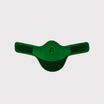 Saddle and Attachments
Saddle and Attachments Leg Protection
Leg Protection Bridles
Bridles Feed
Feed Fly Masks
Fly Masks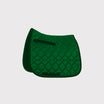 Saddle Pads
Saddle Pads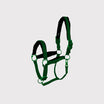 Headcollars and Ropes
Headcollars and Ropes Bits
Bits Other Disciplines
Other Disciplines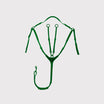 Reins and Auxiliary Reins
Reins and Auxiliary Reins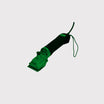 Clipping
Clipping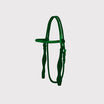 Western
Western Eventing
Eventing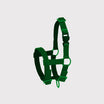 Foals
Foals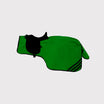 Reflection
Reflection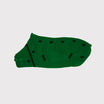 Therapy Products
Therapy Products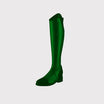 Boots and Shoes
Boots and Shoes Breeches and Belts
Breeches and Belts Tops
Tops Safety
Safety Competition
Competition Heated Clothing
Heated Clothing Gloves
Gloves Socks
Socks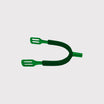 Spurs and Attachments
Spurs and Attachments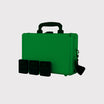 Technology
Technology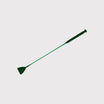 Whips
Whips Gifts
Gifts Casual Wear
Casual Wear Underwear
Underwear Rider Pharmacy
Rider Pharmacy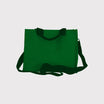 Bags
Bags Books
Books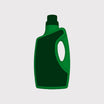 Laundry supplies
Laundry supplies Jewelry
Jewelry Feed and Waterbowls
Feed and Waterbowls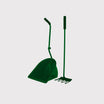 Equipment
Equipment Tack Room
Tack Room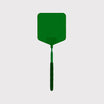 Pest Control
Pest Control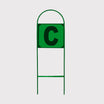 Arena
Arena Horse Toys
Horse Toys Wheelbarrows
Wheelbarrows Yard
Yard Surveillance
Surveillance Disinfect
Disinfect Washing Area
Washing Area Lighting
Lighting Horse Pasture
Horse Pasture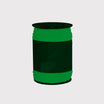 Current Conductors
Current Conductors Pole
Pole Insulators
Insulators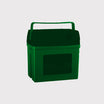 Energisers
Energisers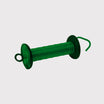 Gate Handles
Gate Handles Batteries and Accumulator
Batteries and Accumulator Nets
Nets Grounding
Grounding Tools
Tools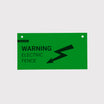 Fencing Security
Fencing Security Wolf Defense
Wolf Defense Fencing Sets
Fencing Sets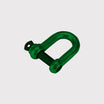 Fence locks
Fence locks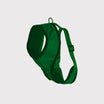 Dogs
Dogs Cats
Cats Rodents
Rodents Dogs Pharmacy
Dogs Pharmacy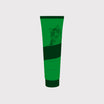 Cats Pharmacy
Cats Pharmacy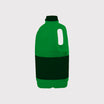 Rodents Pharmacy
Rodents Pharmacy Cattle Pharmacy
Cattle Pharmacy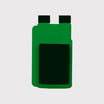 Poultry Pharmacy
Poultry Pharmacy Veterinary Supplies
Veterinary Supplies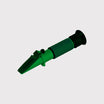 Cattle
Cattle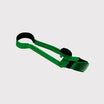 Sheep and Goats
Sheep and Goats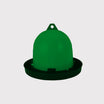 Poultry
Poultry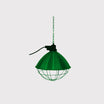 Heat Lamps
Heat Lamps Calves
Calves Marking
Marking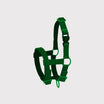 Halters
Halters